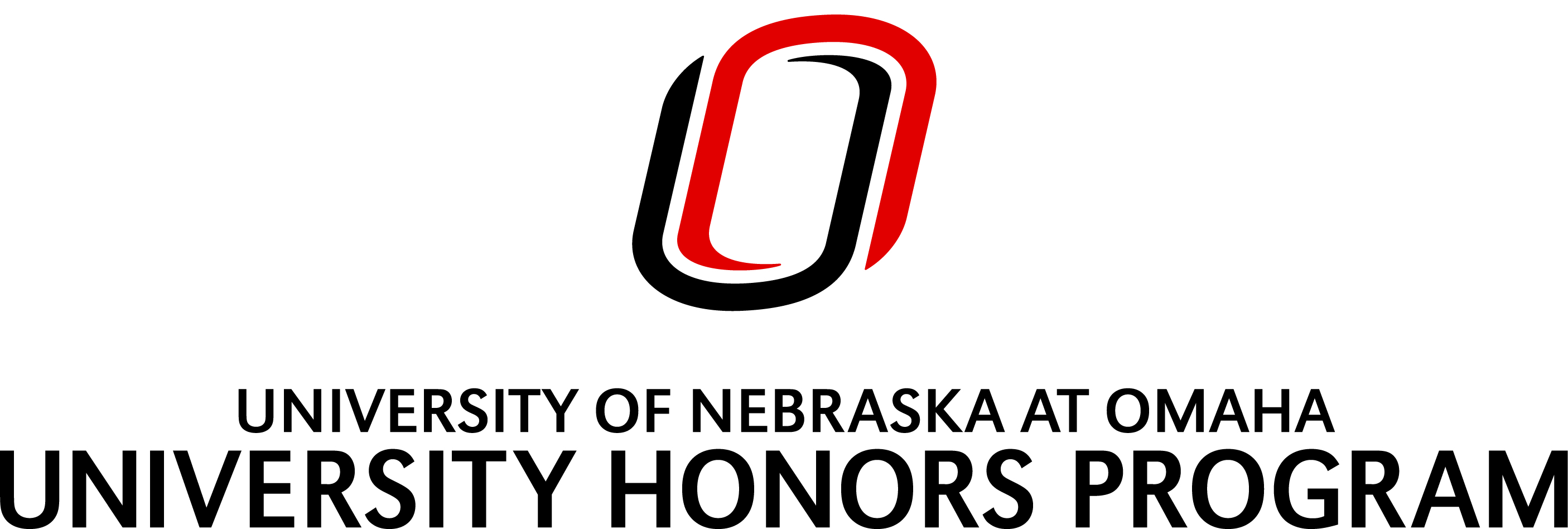Month/Year of Graduation
12-2019
Degree Name
Bachelor of Science (B.S.)
Department
Geography and Geology
First Advisor
Ashlee Dere
Abstract
A water budget of a watershed consists of the inputs and outputs of water to and from it, including precipitation, change in water storage, surface water flow, and evapotranspiration. Water budget estimates are of high importance as a result of increasing demand due to population growth and other factors. Improving estimate accuracy and precision of evapotranspiration and runoff to streams allows scientists to better determine the true availability of water for human and conservation use. At Glacier Creek Preserve, 6.5% of the incoming precipitation left the preserve as discharge from the stream and 95.9% of the incoming precipitation was lost back to the atmosphere as evapotranspiration from 12/01/2017 to 11/30/2018. A slight decrease in soil moisture also yielded a small amount of water (2.4% of the annual precipitation). Directly calculating evapotranspiration based on wind speed, solar radiation, humidity, and temperature estimates that 83.3% of incoming precipitation was lost to evapotranspiration from the watershed. Although evapotranspiration from agricultural land use was slightly higher than evapotranspiration from prairie land use, the difference was not statistically significant.
Recommended Citation
McIntosh, Kian Paul, "Estimation of Evapotranspiration and Other Water Budget Factors at Glacier Creek Preserve" (2019). Theses/Capstones/Creative Projects. 76.
https://digitalcommons.unomaha.edu/university_honors_program/76
Creative Commons License

This work is licensed under a Creative Commons Attribution-Noncommercial 4.0 License

